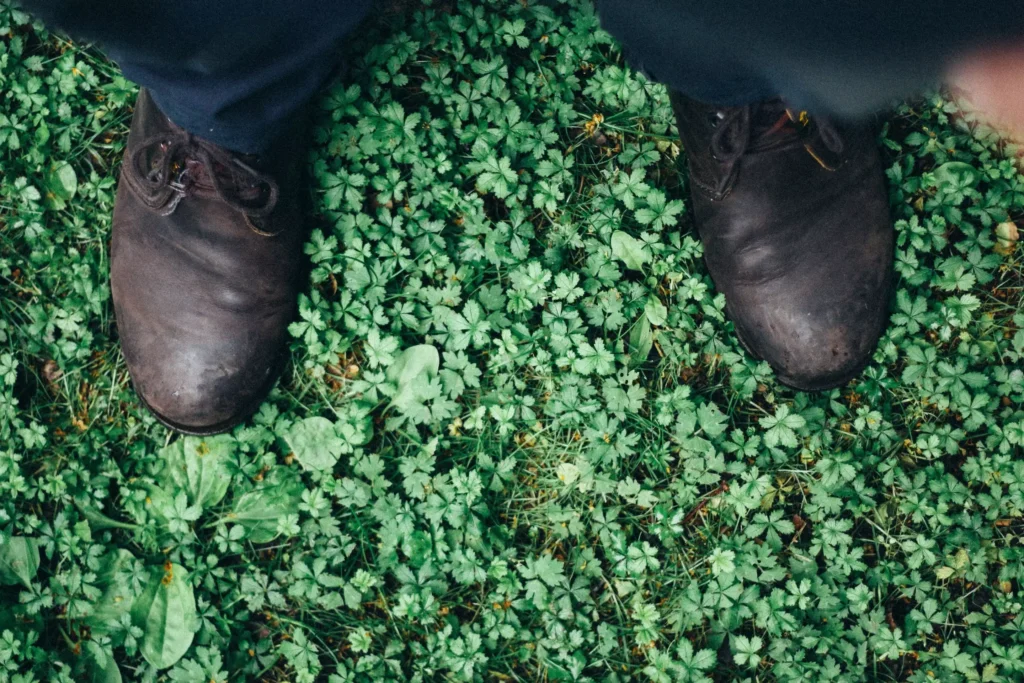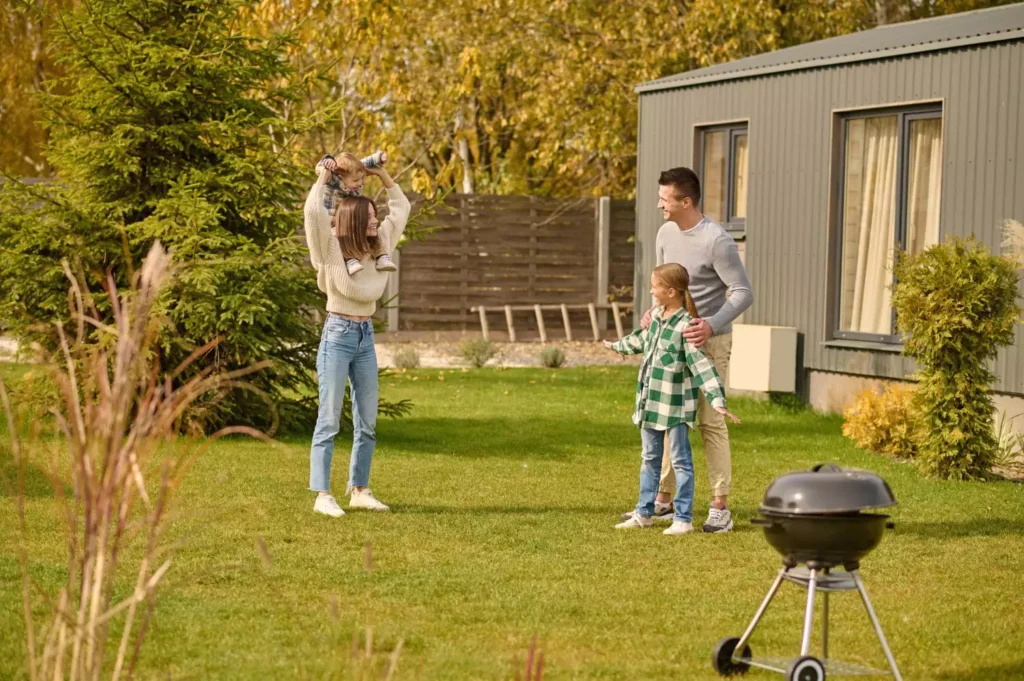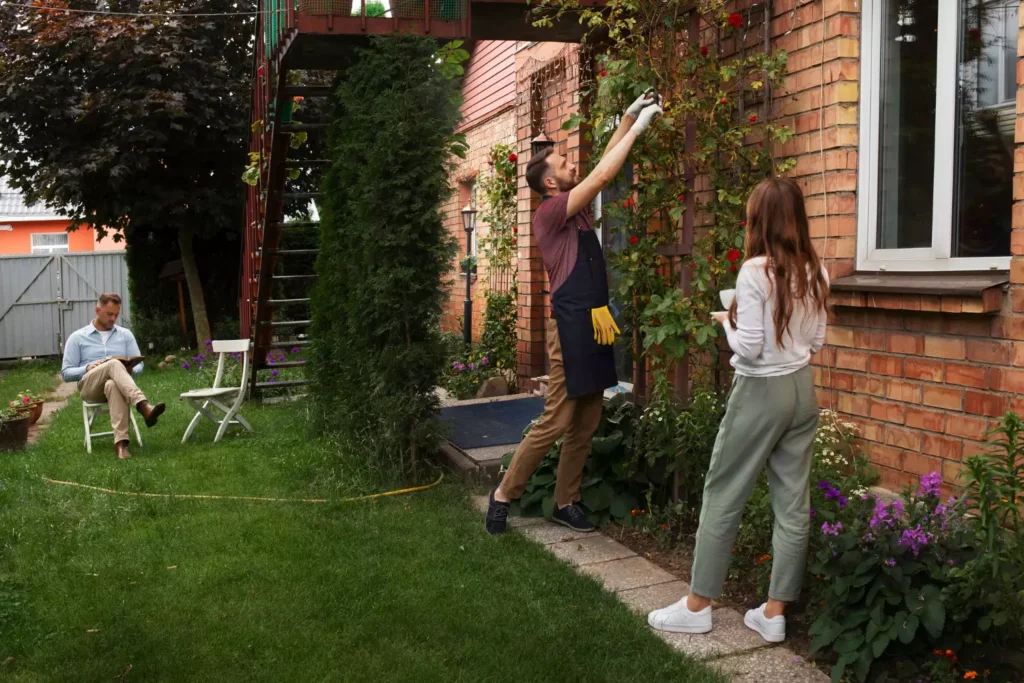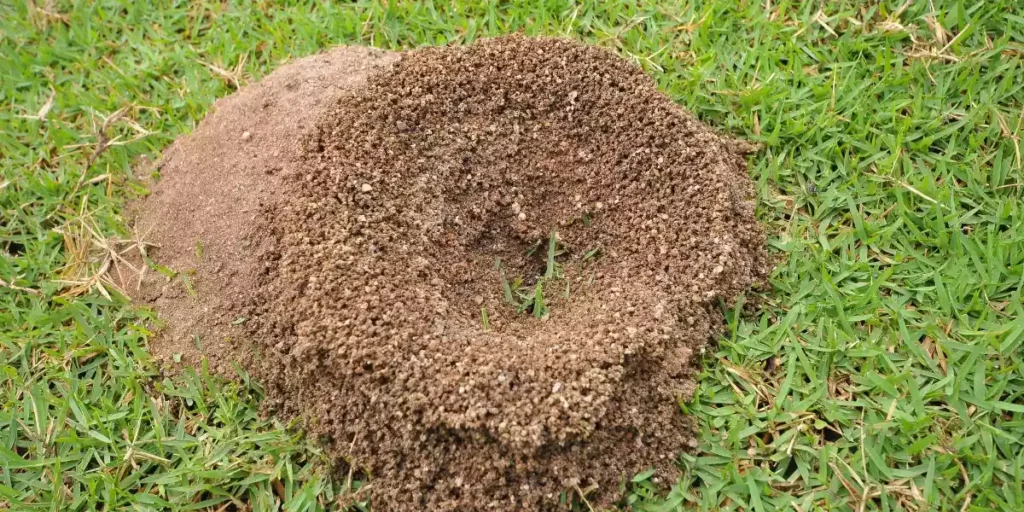Compost is a very valuable material in every home and garden. We can use it both in the home garden and in apartments, for everything we plant in pots. Either way we will be producing all sorts of food scraps and garbage so we might as well use it to create compost.
What Is Compost?
Compost is partially decomposed organic matter. It is dark, easy to shred and has an earthy aroma. The necessary organic matter for composting can be either an ordinary twig or a banana peel.
When you mix a few of these things together, they naturally decompose into a nutrient-rich fertilizer. Compost is nothing more than an organic fertilizer with a wide range of uses in the garden and home.
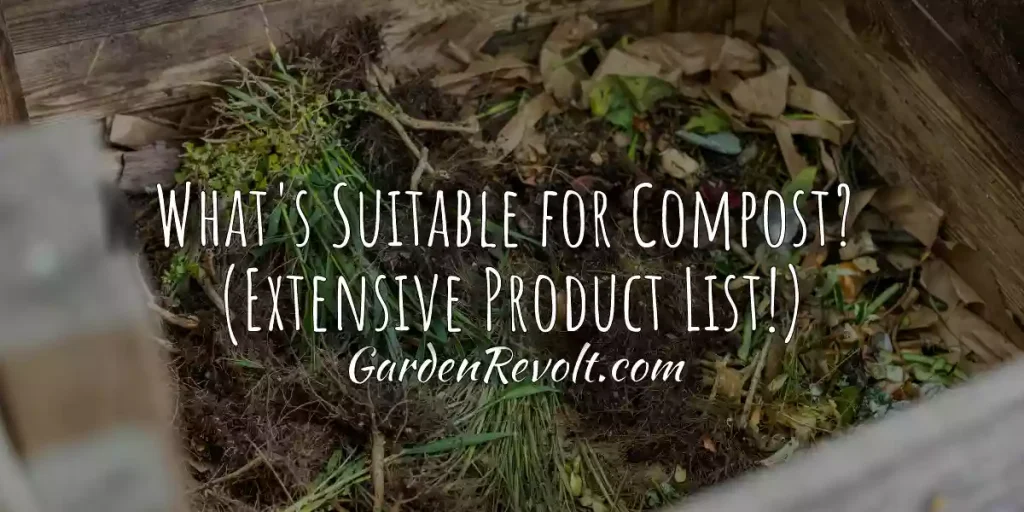
What’s Suitable for Compost?
You can compost many things. We distinguish between two main types of materials for composting. These are green materials and brown materials.
Brown materials for compost are those that contain carbon in their composition. These include, for example, leaves, pine needles, hay or straw,shredded sticks and twigs, newspaper or cardboard, and sawdust. These are usually “dry” items.
Green composting materials, on the other hand, contain nitrogen and include vegetable scraps and kitchen waste (but not meat or dairy), untreated grass, coffee grounds, manure or other organic fertilizers. Green materials also contain water in them.
Oxygen and water are also needed for compost.
Without these four ingredients, there will be no proper compost, which will contain a wealth of nutrients that are essential for any garden or homestead.
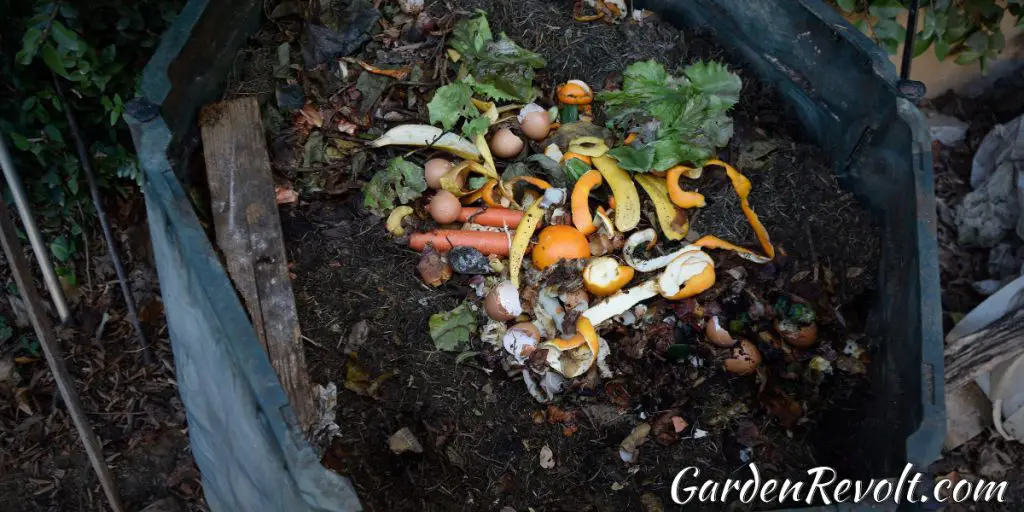
What breaks down compost?
Compost is formed by natural biological processes in which organisms living in the soil break down plant matter. When the decomposition process is complete, compost turns into a dark brown, loose material called humus. The processes that take place in a compost heap are similar to those that decompose organic matter in the soil. However, in a compost pile, decomposition occurs much faster because you can create the perfect environment for microbes to do their work.
How Long Does It Take For Compost To Be Ready?
You have to wait from two weeks to two years for compost, depending on the composting method, the materials used, the size of the pile, and how often you turn it. Compost is ready when it has cooled completely, turned an intense brown color, and decomposed into small soil-like particles.
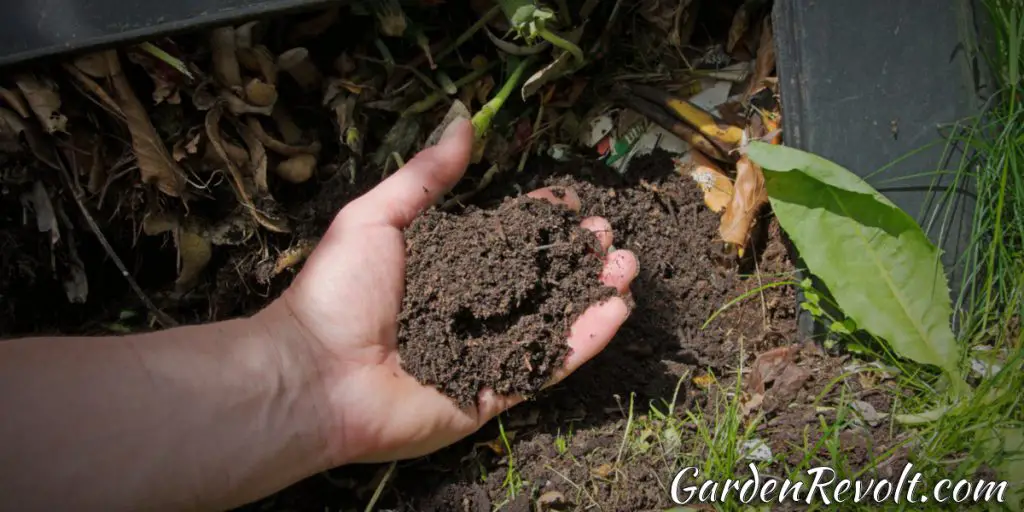
Faster decomposition occurs when the pieces are smaller and the bacteria are supported by proper aeration and temperature. The idea is to make the waste a smaller volume to which bacteria and microorganisms can attach themselves and begin decomposition. The ideal practice is to shred as much garden waste as possible, and chop kitchen scraps into pieces no larger than ~2.5 cm in diameter.
What Can Be Thrown on the Compost?
You can throw quite a lot of things onto the compost. As I already mentioned, we have to deal with brown materials and green materials. The main rule is – the more you chop something before throwing it into the composter, the easier and faster it can decompose.
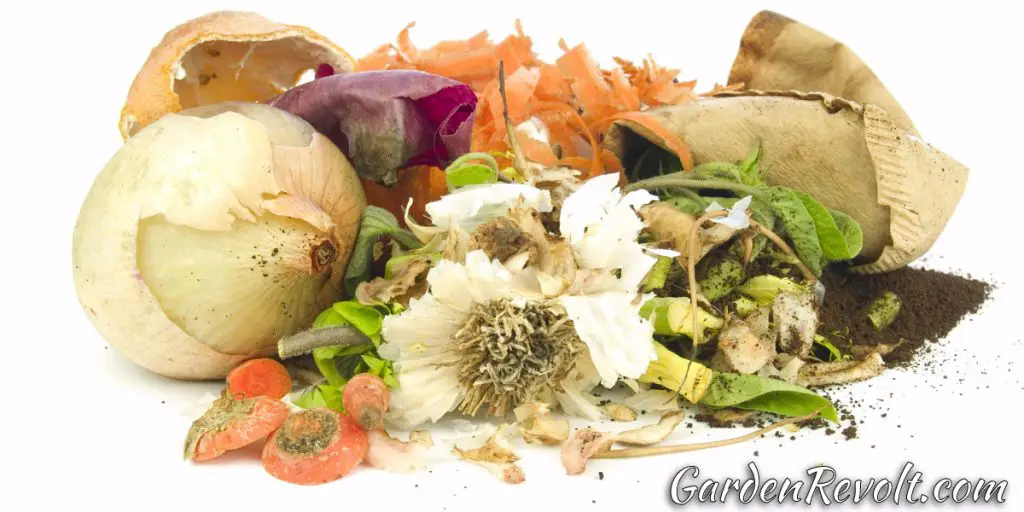
So let’s get to it…!
Green composting materials:
- Grass cuttings – This is a rich source of nitrogen. Ideally, it should already be slightly dried. Combine it with brown materials, such as dried leaves or twigs. This will add some structure and improve air flow.
- Green plants – increase volume and are an excellent source of nitrogen.
- Flowers – when fresh – are a source of nitrogen.
- Fruits and vegetables – They are an excellent source of nitrogen and moisture. It is good to mix them with paper materials. However, do not compost vegetables cooked in meat stock.
- Southern fruits – e.g. citrus fruits, bananas – In general, all fruits should be washed thoroughly before eating. Therefore, it is best to compost them only if you know that they come from organic cultivation. Very often the skins of these fruits are full of pesticides.
- Breads, pasta – Any grain products will do. Put them in the middle of the pile and cover them with other materials, as these products can attract pests.
- Moldy food – In fact, any moldy food will be suitable for compost. The only exceptions are meats and dairy products.
- Rice – Same as with grain products.
- Tea grounds and tea bags – Both will do just fine. If you find metal staples on the bags you can throw them in as well. They are too small to bother with.
- Coffee – You can confidently compost coffee grounds as well as paper filters. It’s a great source of nitrogen, and thanks to its strong smell, it can repel unwanted animals or insects.
- Egg shells – They consist almost entirely of calcium, which can be a beneficial nutrient for plants. Grind them up before composting.
- Herbs and spices – especially old ones that have long since lost their aroma and flavor.
- Peanut shells – Compared to other varieties, peanut shells decompose the fastest. Other shells are also suitable. They also contain nitrogen.
- Manure from herbivores – These can be piles from hamsters, rabbits, guinea pigs, etc. They are an excellent source of nitrogen.
- Chicken manure – as above. An excellent source of nitrogen and a good “activator”.
- Green leaves of resinoid – a great compost “activator”
- Seaweed – Although they don’t have much nitrogen in them, they contain potassium and a host of other minerals.
- Hops/thresh – The sugars remaining in it are great food for microbes. Spread them out evenly and mix them with other brown materials to avoid anaerobic conditions.
- Seed weeds – but only when hot composting. Bury them in the middle of the pile to let the high temperature destroy the seeds (it should be above 60°C). It’s a good idea to add some extra material containing nitrogen compounds on occasion. Don’t throw in root weeds because they will continue to grow in the compost.
- Hair – Both human and animal hair can be composted.
- Feathers – Feathers contain a lot of nitrogen – you can throw in.
- Dead potted flowers – will add nitrogen and nutrients. Just make sure they weren’t diseased, as disease could pass into the compost pile.
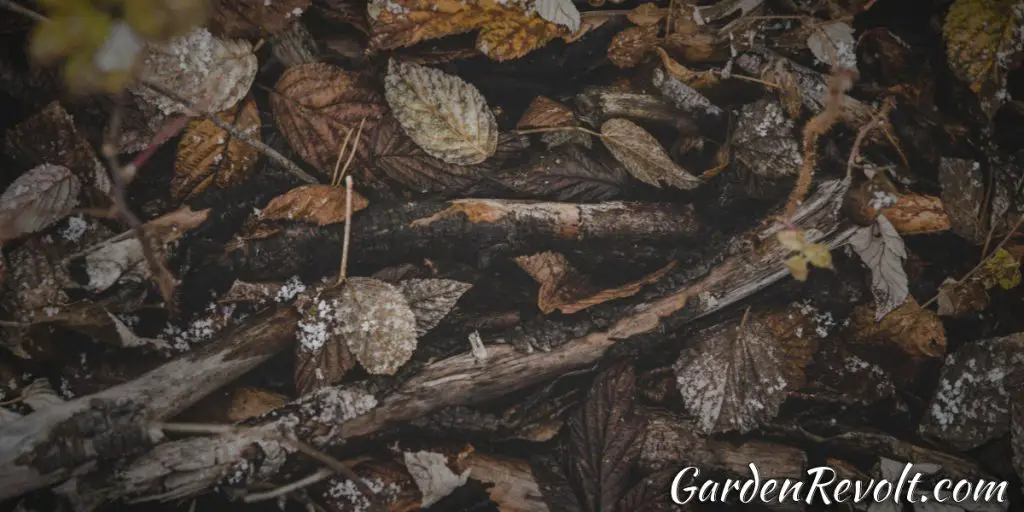
Brown materials for composting:
- Tree leaves – are an excellent source of carbon for compost. They should be harvested in the fall. For better results, try to shred them a bit before composting.
Leaves of fruit trees, maple, lime, willow, ash, hazelnut or alder are the best for composting because they decompose easily.
In contrast, leaves of walnut, birch, poplar, beech, spruce and acacia are more difficult to decompose because they release tannic acid, which can acidify the compost. If you plan to compost leaves from these species, consider adding lime.
Oak and walnut leaves are also slower to decompose. - Twigs and branches – They are more difficult to decompose, but at the same time can add structure for aeration of the pile if you throw them in whole. When shredded – they will decompose faster.
- Pine needles – Can be added occasionally, in small amounts. They have an acidic reaction, but their pH tends to neutralize. You can read more about composting pine needles and other conifers in this article.
- Corn – You can compost any part of it. Both the whole plant and the cobs. It is generally a difficult material to decompose, so if possible, you can shred it before throwing it into the compost.
- Wood ash – If you have access to ash from burning wood then you can sprinkle it on your compost pile. Sprinkle it evenly by applying a thin layer. Avoid ash from burning coal or other coals. If you burned painted or varnished wood then it is not suitable for compost or anywhere else in the garden.
- Straw and hay – Provides a good source of carbon and adds structure to the compost. It is best mixed with green materials – this will make decomposition easier.
- Straw mulch – Straw mulch that comes from herbivores can be used as much as possible. However, if the animal is fed meat, it may contain pathogens.
- Sawdust – An excellent source of carbon and breaks down quickly. Avoid plywood shavings – the glue can be toxic to microbes.
- Wood ash – A great source of potassium (potassium nitrate). It should be added in layers, as it leaches out easily.
- Paper / cardboard / egg cartons – You can confidently add it. In general, paper and cardboard should be shredded before composting. Try to throw in only plain paper or cardboard – avoid the shiny and colored ones. I would also avoid throwing in any kind of store newspapers, glossy brochures and magazines/magazines because they contain ink soaked with harmful substances. Black and white newspapers, on the other hand, should be OK – just shred them a bit beforehand.
- Cotton – The carbon in it can give a bit of texture. If you use a clothes shaver or have a special filter in your washing machine that catches lint, you can confidently toss it into your compost pile. Cotton clothes will do, but I advise you to avoid synthetic materials.
- Old potting soil – will provide some nutrients to the compost even if it is very worn. It will improve the structure of the compost somewhat and is easily digestible by microorganisms.
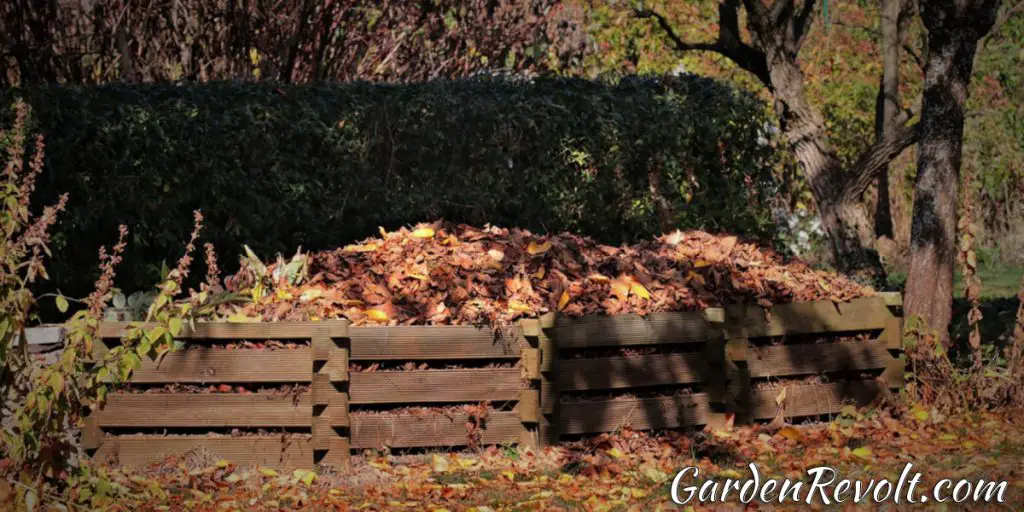
What to Put in the Bottom of the Composter?
Simply put, the bottom of the composter can simply be bare soil – and this is the best choice. Earthworms and other beneficial creatures will be able to crawl in and start feeding on whatever they find inside. Such a solution will certainly improve the quality of the compost and enrich it with valuable bacteria.
However, to improve the structure of the composter, it is a good idea to pad the bottom with a thin layer of sticks or branches and start by throwing in brown materials. Such a foundation will greatly improve the airflow inside the composter, which will successfully affect its decomposition. And it will also absorb excess moisture from the pile, thus preventing the formation of a bog.
It is discouraged to put the composter on concrete or other solid ground or container with a solid bottom. This risks the accumulation of excess moisture in the compost, leading to excessive rotting and overall deterioration of the future fertilizer.

